Thing 1 – Noticing
“We can zoom in on something so closely it loses the features that make it what it appears to be, or zoom so far out it seems like something entirely new.”
This, from Rick Rubin’s book The Creative Act: A Way of Being, is not a new concept (hello Impressionism!) but nicely expressed, I think.
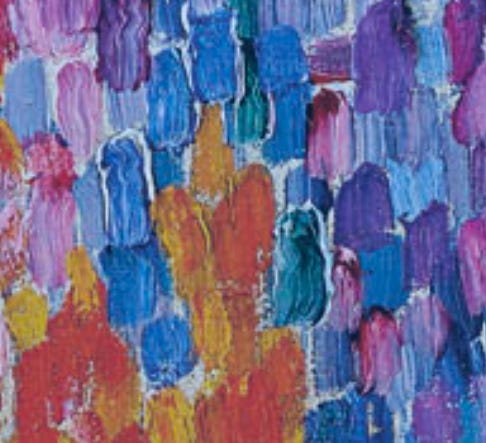
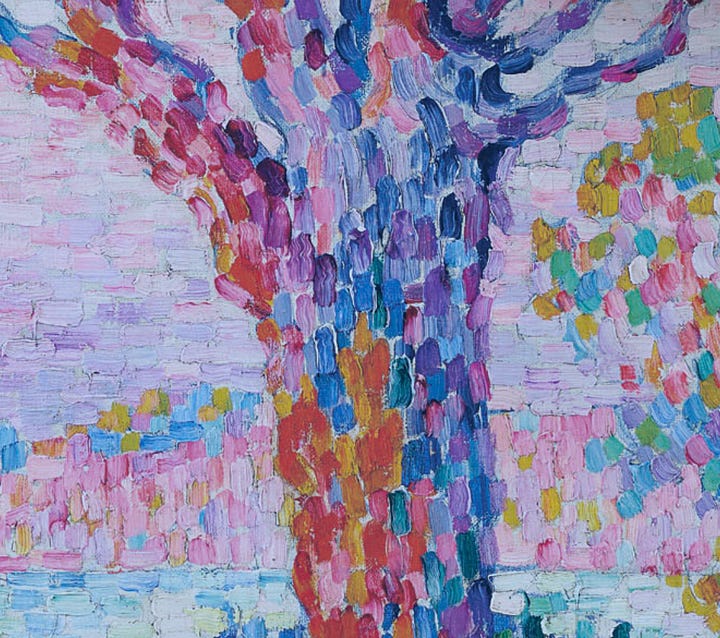

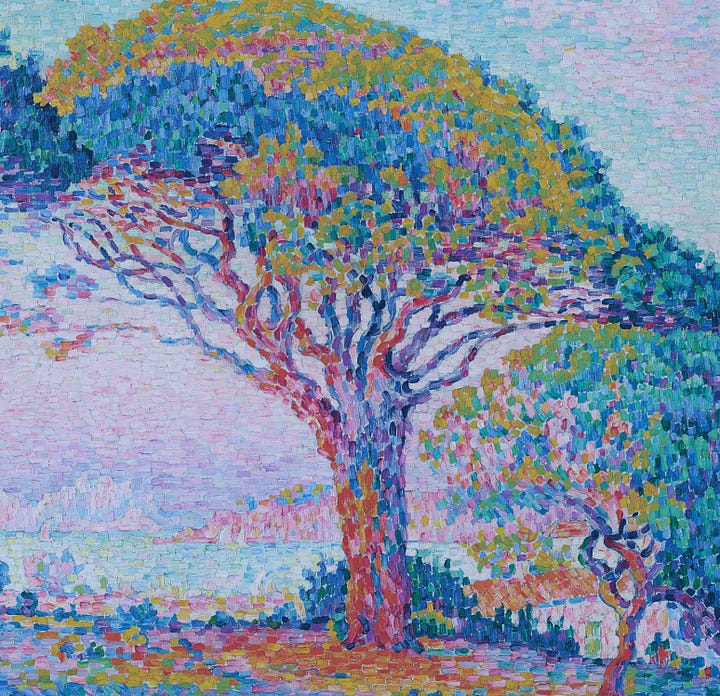
The Creative Act contains thoughts on the creative process from the man behind the success of, among others, LL Cool J, Run-DMC, Public Enemy and The Beastie Boys. I’m both enjoying it and finding it useful in an ‘if only I could remember this snippet of wisdom when I really need it’ kind of way. While some of the thoughts might strike the casual reader as almost fortune-cookie-like, I reckon (I’m only about a quarter of the way through) there’ll be things in it that will come in handy – inspirational, even – for anyone who has ever encountered difficulties of any kind in converting their brilliant-but-nebulous ideas into tangible artistic creations. And that – as per the title of the first chapter, Everyone Is A Creator – is… well, everyone.
At the very least The Creative Act is a worthy addition to the mulch (everything you have ever seen, read, heard, experienced) which feeds all creative endeavour – the richer the mulch, the deeper and more worthwhile the creation.
That’s the idea, anyway.
Anyway, this isn’t supposed to be a book review. Rather, the ‘zooming in and out’ quote above set off a few thoughts (which only goes to show the usefulness of the book, I suppose).
Firstly, it made me think of this – The Longest Drawing Ever – which kind of freaks me out in an excellent way.
And it set me off on a train of thought about the nature of noticing. This is a subject explored in detail in another ‘grey-board hardback’ book, The Art of Noticing by Rob Walker, (he has a Substack with the same name which is definitely worth signing up to).
Walker’s book takes the form of a series of exercises (131 in all) for the reader to explore in any way they like:
“Pick and choose the aspects of noticing you wish to explore or enjoy. Treat it like a learning experience; treat it like a game.”
Some of the exercises (Spot Something New Every Day, Reframe The Familiar) have become such ingrained habits I’d find it hard to stop.
During the early days of the pandemic I took one (Take A Colour Walk) and turned it into a series of collage images.
And one – Keep A Nature Log – I turned into a book.
I’m not the first, of course. There are loads of nature diaries out there (I’d get Melissa Harrison’s The Stubborn Light of Things, if I were you. And at the same time I’d sign up to her Substack, Witness Marks)
But I like to think that Light Rains Sometimes Fall is at least a little bit different, taking as its basis the idea of 72 ‘microseasons’, each one five or six days long.
The root of these microseasons is in the 24 Solar Terms of the traditional Chinese lunisolar calendar. The extension of this into 72 microseasons may or may not be a more recent construct, but it struck me as a beguiling prospect, and an invitation to look closely, slowly, and with more than the usual detail. It certainly acted as an antidote to the easiest habit to fall into: wandering around in a fog (head possibly buried in phone) and not taking in the world around me.
During the writing of Light Rains Sometimes Fall I went on daily walks on my local patch in south London, trying to get to know it as well as possible and in ways I hadn’t previously considered. That this period coincided with the first lockdowns was a pure and weird coincidence – just at the time I was taking a daily one-hour walk in my local area, it became a legal requirement.
As well as looking for new things in my area, I spent a lot of time zooming in – flowers, brick walls, tree bark – in the kind of way that might have people looking at you strangely (if they weren’t doing so already).
I mention Light Rains Sometimes Fall because the calendar of the Solar Terms begins at the midpoint between the winter equinox and the winter solstice – in other words: today. So I humbly submit that it might be a nice thing to read through the year, a few pages every few days.
Inevitably, I have signed copies.
Thing 2 – Winter
Talk of seasons has me pondering our reaction to them. One of the commonest complaints on Twitter these past couple of weeks has concerned the interminable nature of January. The assumption underlying these quasi-tongue-in-cheek moans is that winter is the season we want to see the back of, which may or may not be the case. Everyone’s different, after all, not to mention that the nature of winter varies according to geography. The dissatisfaction expressed by Brits is mostly to do with winter’s grey dampness – or at least our perception of its grey dampness.
I certainly feel that those early signs of spring promise much and take their time in the actual delivery. Throughout these early weeks of the year, it feels as if spring is round the corner – but the corner is long. The trick, if you can pull it off, is to relish every part of that endless curve if you possibly can, whatever the weather (the idea of ‘good’ and ‘bad’ weathers is explored with sensitivity and humour by Matt Gaw in his forthcoming In All Weathers which I commend to the house).
Anyway, here, for those who mourn winter’s passing, is a strikingly beautiful Timelapse film by Jamie Scott simply called ‘Winter’. It’s filmed in New York State and Montreal, in both of which places winter is rather less grey-damp than here in the good old UK, and is “the culmination of 5 years of shooting.” Very well worth a few minutes of your time, not least because the score (composed for the film by JIm Perkins) enhances the images rather than detracting from them.
Thing 3 – Pangea
Another timelapse – this time an animation, and on a rather grander scale, showing as it does the movements of the continents after the break-up of Pangea. I particularly like the way India barrels northwards until it hits the rest of Asia.
Thing 4 – Craft
Neal Agrawal produces fun things. His latest is called Infinite Craft.
The concept is simple enough. You start with four elements (Earth, Wind, Fire, Stevie Wonder Water)and take it from there, combining two elements according to your whim. Earth plus Water, for example, gives you Plant, while Wind plus Fire equals Smoke. And so on.
(It seems to work differently according to your device – on my phone it’s just a question of clicking the two elements you want to combine, while on iPad it’s a drag and drop thing, which is a bit more of a drag.)
Anyway, I spent a predictably long time trying to manipulate it into giving me Bird – you may have other goals in mind. And I also played it long enough for it to throw up (somewhat randomly) Fifty Shades of Grey.
Presumably if you play it for long enough and inventively enough the options are almost limitless.
Thing 5 – Fugue
Back in Volume 29 I featured Josep Castanyer Alonso’s excellent pastiche version of Barbie Girl.
Now he’s decided to take up Rickrolling.
As before, it’s witty and clever, and annotated with amusing captions (*many notes*, *listen for the bass in 3… 2… 1…*). He says in this fun behind-the-scenes video
“Classical music people will say it’s too commercial, and commercial music people will say it’s too classical.”
This classical music person (whatever that means) thinks it’s great.
Thing 6 – Untranslatable
Taking its inspiration from the idea that every language has expressions that can’t be directly translated, Untranslatable is “an online dictionary where native speakers can share words, expressions, idioms, slang and other linguistic curiosities from all around the world.” Fascinating for anyone interested in the world, all the people in it, and how they do or don’t communicate with each other. And that’s you, right?





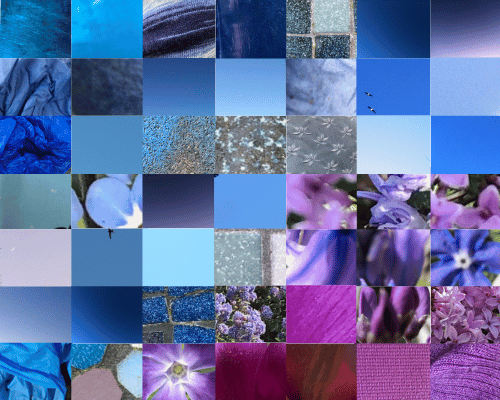
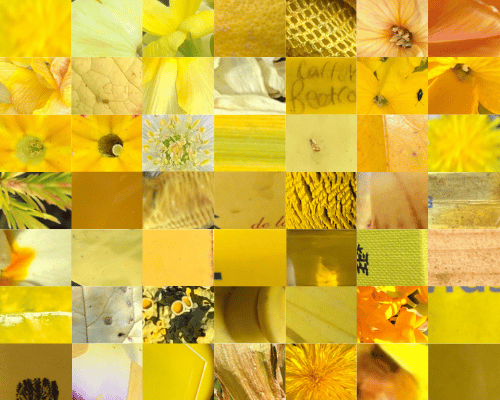
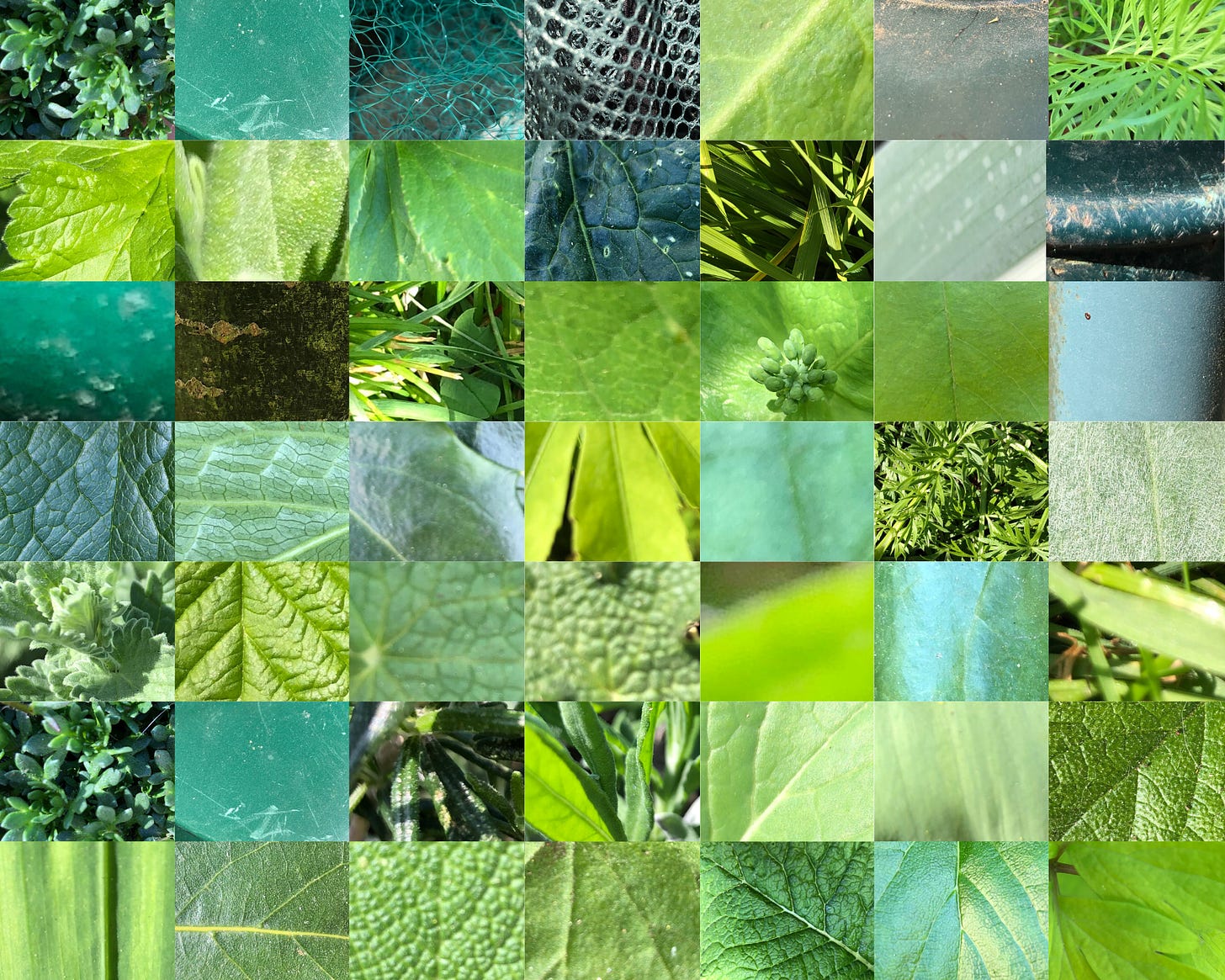
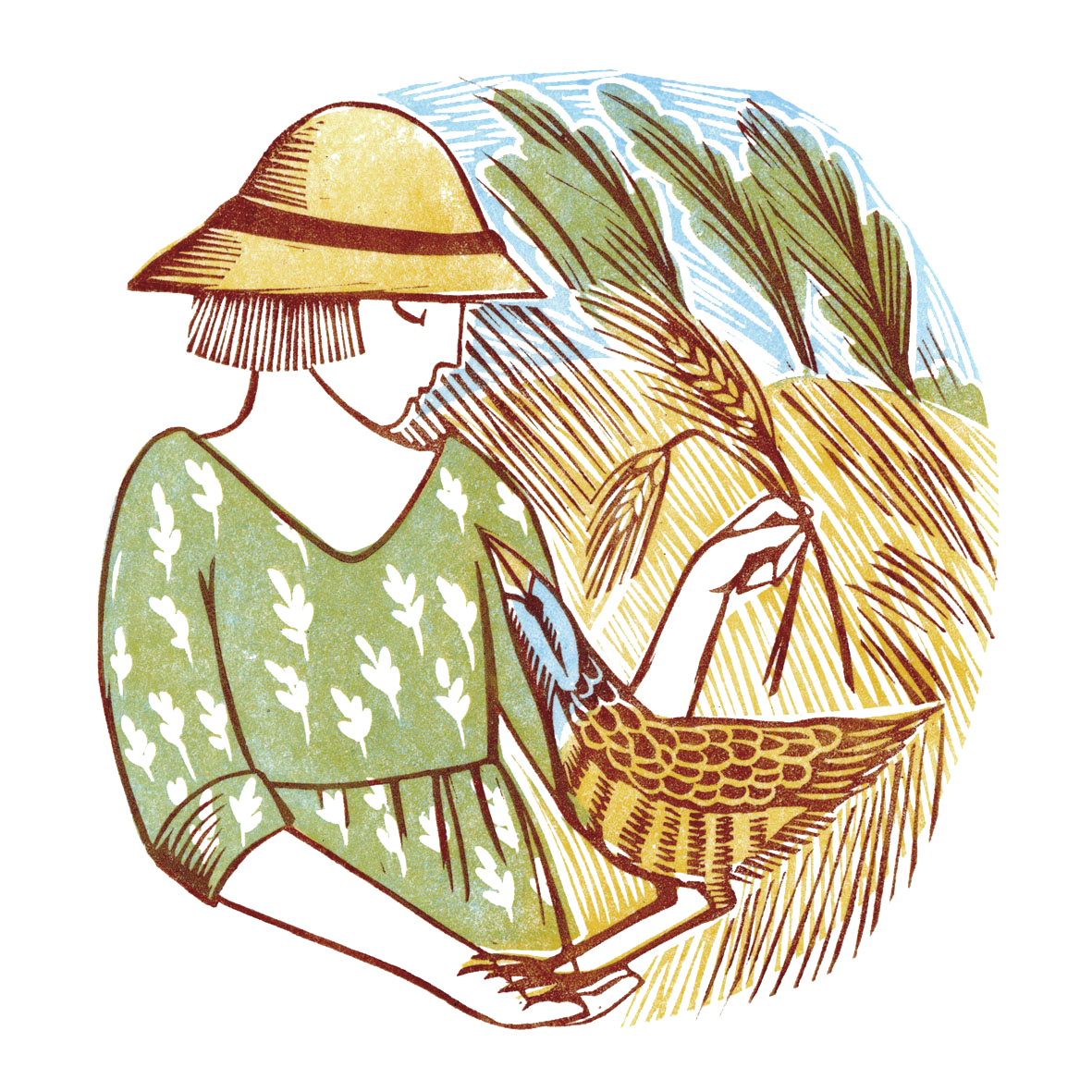
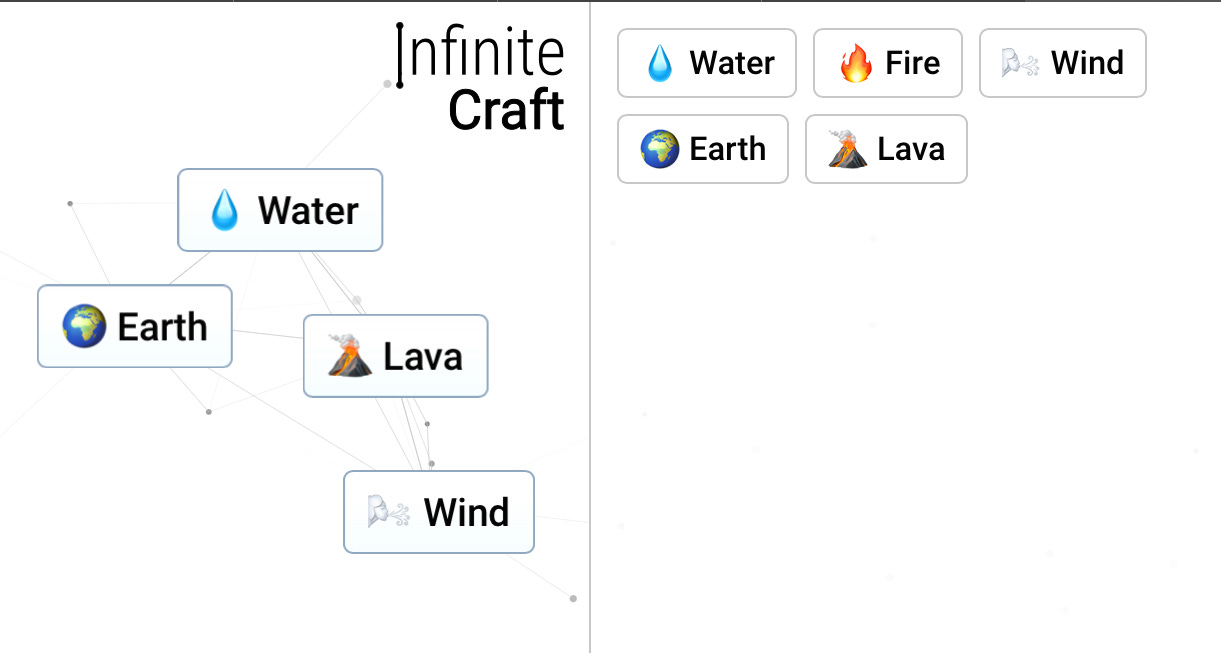
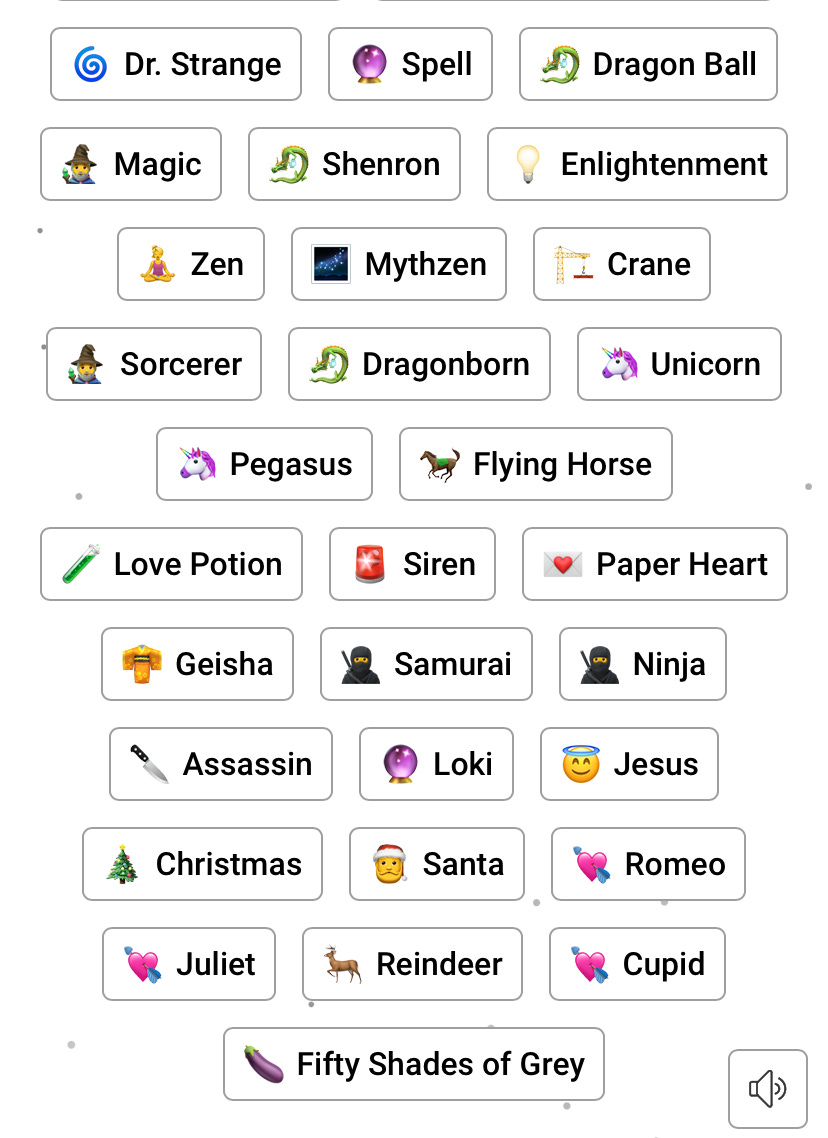
I look forward to receiving Six Things and they never disappoint. You've introduced me to people I hadn't known of. Thanks so much.
I really enjoyed this, and such great films